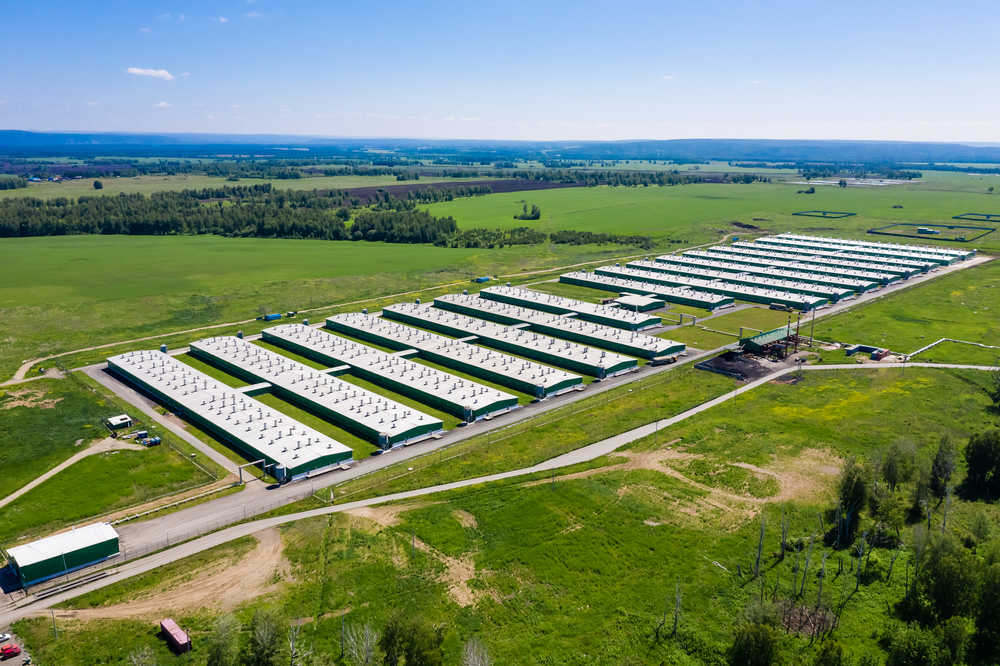More than 30 advocacy groups have filed suit against the EPA in the 9th Circuit Court of Appeals to force the Agency to issue a response to a legal petition urging the strengthening of Clean Water Act (CWA) regulations governing waste from factory farms.

The groups, led by Food & Water Watch, filed a legal petition in 2017 with the EPA. The petition details how the EPA’s current CWA regulations for factory farms, also known as concentrated animal feeding operations (CAFOs), fail to protect waterways and communities.
The lawsuit states the EPA has failed to respond to the petition in the 5 years since it was filed.
“The agency’s complete failure to respond, the groups say, violates the Administrative Procedure Act (APA), which requires agencies like EPA to respond to petitions ‘within a reasonable time,’” Food & Water Watch says. “The suit … argues that the current delay is unreasonable on its face, and that EPA’s inaction is unlawfully prolonging dangerous pollution and public health threats from factory farms.”
“Given the magnitude of the health and environmental threats, competing priorities do not justify further delay,” the lawsuit states. “Finally, EPA’s repeated refusal to regulate CAFO pollution demonstrates it likely will not act of its own accord. EPA has violated its duty to timely respond to the Petition, and its egregious delay warrants this Court’s intervention.”
Under the CWA, CAFOs are defined as point sources of pollution required to obtain permits under the National Pollutant Discharge Elimination System (NPDES) permit program, which contains limits on what can be discharged into a water of the United States (WOTUS) and also imposes monitoring and reporting requirements.
The issues identified with EPA regulations governing these operations, according to the advocacy groups, include:
- Only a small fraction of factory farms have the required permits.
- The Agency estimates almost 10,000 large CAFOs nationwide are illegally discharging without an NPDES permit.
- Existing permits are weak and inadequately protect water quality by only limiting nutrient and pathogen pollution instead of addressing all pollutants from these operations, which include antibiotics, artificial growth hormones, pesticides, and heavy metals.
- EPA permits allow CAFOs to dump huge quantities of untreated waste onto cropland, even when no crops are growing, which risks waste seepage into soil and runoff into WOTUS.
The petition “provides a roadmap for the EPA to make permits stronger and more effective and close loopholes that have enabled CAFOs to avoid regulation,” according to Food & Water Watch.
The U.S. Department of Agriculture estimates that 1.4 billion tons of manure is produced annually in the United States.
“Manure causes nitrogen and phosphorus in water, tainting drinking water and causing toxic algal blooms that can be deadly to aquatic life,” The Guardian says. Waste-polluted water can irritate skin and cause gastrointestinal and respiratory problems, according to the Centers for Disease Control and Prevention.
“Federal authorities have been ‘reluctant’ to regulate factory farms since the [CWA] passed in 1972, said Anthony Schutz, an associate dean and associate professor at the University of Nebraska law school,” adds The Guardian. “There’s a powerful agricultural lobby that doesn’t support regulation, Schutz said. It would rather see pollution abatement accomplished through voluntary actions.”
Industry groups disagree and state that phrases such as “weak regulations” and “inadequately protective” fail to describe the pride farmers and ranchers take in protecting the environment, The Guardian continues.
However, the facts seem to underscore the advocacy groups’ claims that more stringent regulations are necessary.
A 2022 report by the Environmental Integrity Project entitled “The Clean Water Act at 50: Promises Half Kept at the Half-Century Mark” states, “Iowa is representative of many states with farm runoff problems, having 93 percent of its river and stream miles impaired for swimming and recreation (the fourth most in the U.S.) and 83 percent of its lake acres impaired for this (third most.) … Farm runoff is a main driver of water pollution in … many … states.”